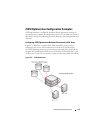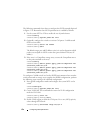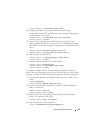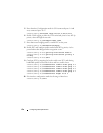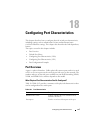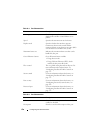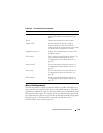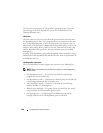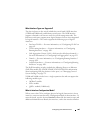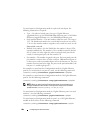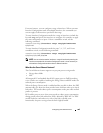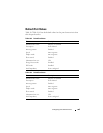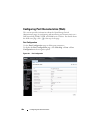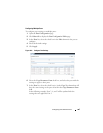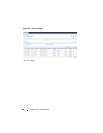
Configuring Port Characteristics 481
What Interface Types are Supported?
The physical ports on the switch include the out-of-band (OOB) interface
(N3000 and N4000 only) and Ethernet switch ports. The OOB interface
supports a limited set of features and is for switch management only. The
Ethernet switch ports support many logical features that are often supported
by logical interfaces. The switch supports the following types of logical
interfaces:
• Port-based VLANs — For more information, see
"Configuring VLANs
" on
page 645
.
• VLAN routing interfaces — For more information, see
"Configuring
Routing Interfaces
" on page 1021
.
• Link Aggregation Groups (LAGs), which are also called port-channels) —
For more information, see
"Configuring Link Aggregation
" on page 913
.
• Tunnels — For more information, see
"Configuring Routing Interfaces
"
on page 1021
.
• Loopback interfaces — For more information, see
"Configuring Routing
Interfaces
" on page 1021
.
The Dell Networking switches includes the following Power over Ethernet
(PoE) Plus models: the N2024P, N2048P, N3024P, N3048P. For information
about configuring PoE plus features for the ports, see "Managing General
System Settings" on page 279.
N3000 and N4000 switches have a single expansion slot and can support the
following module types:
•10GBaseT module
•SFP+ module
•QSFP+ module (
N4000
only)
What is Interface Configuration Mode?
When you use the CLI to configure physical or logical characteristics for an
interface, you must enter Interface Configuration Mode for that interface. To
enter the mode, type the keyword interface followed by the interface type and
additional information to identify the interface, such as the interface number.



